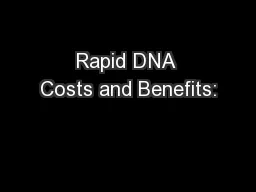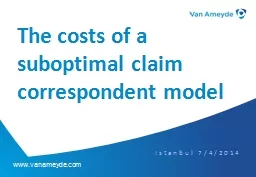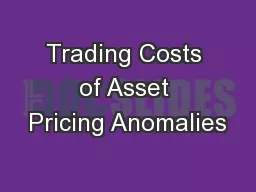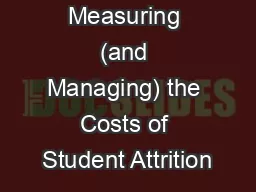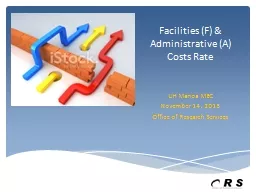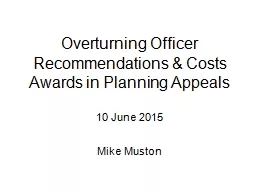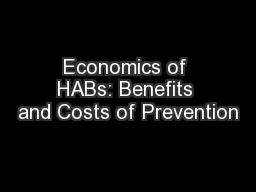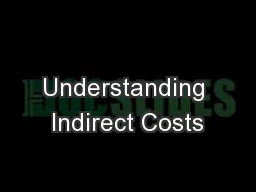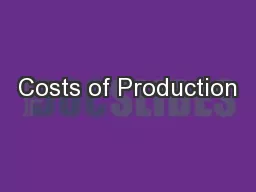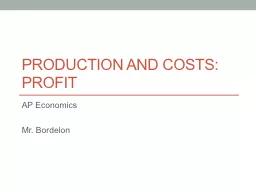PPT-[ 3.5 ] Costs of
Author : tatyana-admore | Published Date : 2018-01-21
Production 35 Costs of Production Learning Objectives Explain how businesses decide how much labor to hire in order to produce a certain level of output Analyze
Presentation Embed Code
Download Presentation
Download Presentation The PPT/PDF document "[ 3.5 ] Costs of" is the property of its rightful owner. Permission is granted to download and print the materials on this website for personal, non-commercial use only, and to display it on your personal computer provided you do not modify the materials and that you retain all copyright notices contained in the materials. By downloading content from our website, you accept the terms of this agreement.
[ 3.5 ] Costs of: Transcript
Download Rules Of Document
"[ 3.5 ] Costs of"The content belongs to its owner. You may download and print it for personal use, without modification, and keep all copyright notices. By downloading, you agree to these terms.
Related Documents

![PPT-[ 3.5 ] Costs of](https://thumbs.docslides.com/625805/3-5-costs-of.jpg)
